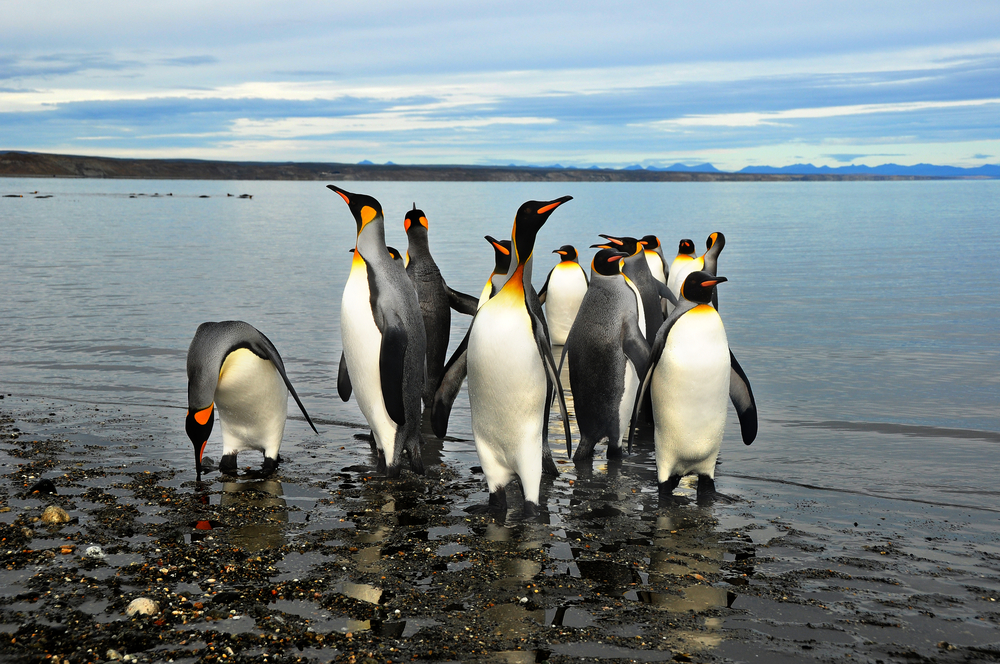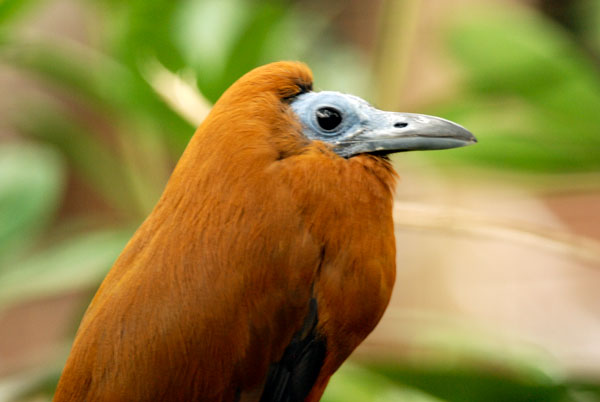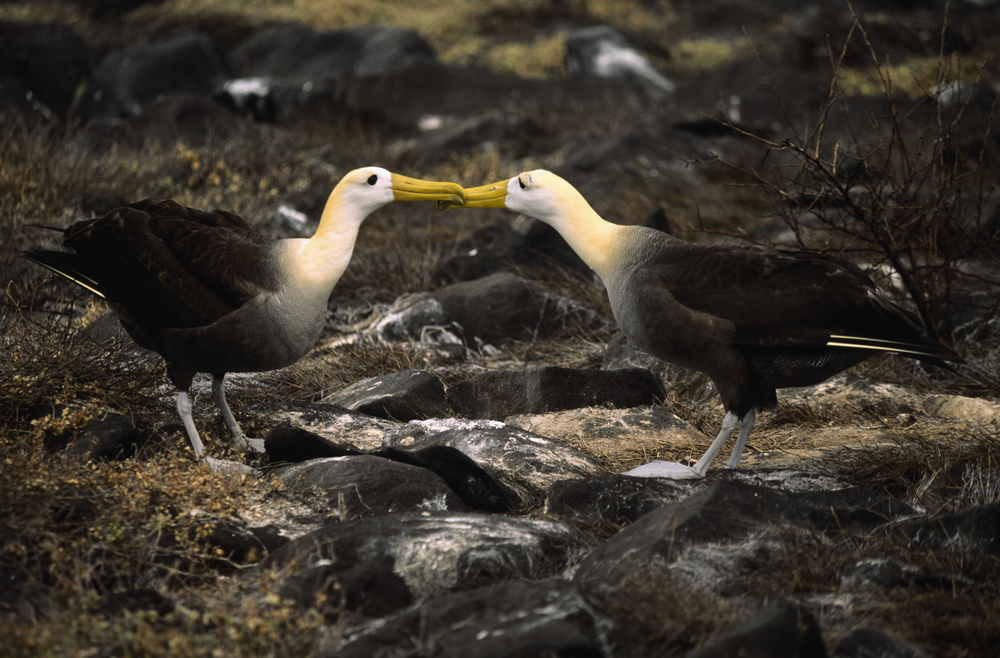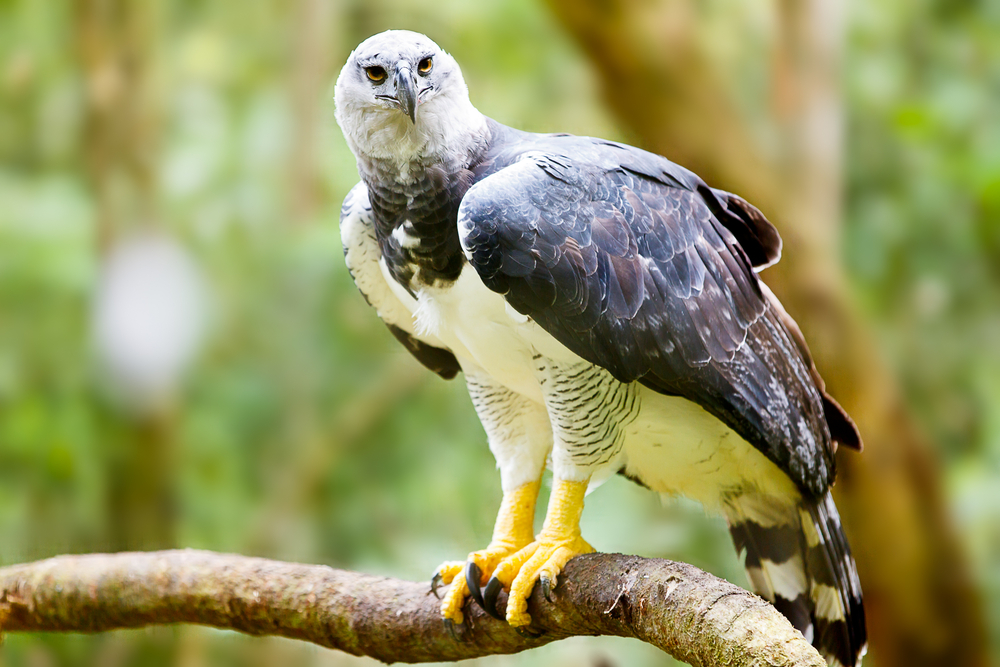Birds in South America – the Ultimate List for Bird Watchers
Think that toucans and condors are all there is to see soaring in the South American skies? Think again! Follow our guide to the best Birds in South America – the Ultimate List for Bird Watchers and discover all the incredible, majestic, colourful and unique feathery creatures who call this place home.
Here are the most amazing birds in South America to look for on you travels.
Toco Toucan

Ok, so there is definitely more to birding in South America than toucans, but leaving these flying legends off the list was just not an option. The Toco Toucan’s oversized colourful bill is by far its most distinctive feature and the one thing that makes this one of the most recognizable birds in the world.
In total, there are about 40 different species of toucans which inhabit the luscious forests of South and Central America, yet when most people envisage ‘the toucan’ they are probably thinking of the Toco, the largest of all.
The beak of the Toco makes up a third of its entire length and is a multi-functional tool of awesome proportions. This fascinating bird is capable of fluctuating blood flow to its bill, so if it needs to keep warm on a particularly chilly night, all it needs to do is tuck in into its feathers and it acts as a hot water bottle. Pretty nifty trick!
Best places to spot a Toco Toucan: Iguazu National Park, on a cruise along the Amazon River, the Pantanal in Brazil.
King Penguin

Renowned for their gigantic rookeries, the King Penguin is one of the most delightful Birds in South America, all the way at the southern end of the continent, off the frigid waters of Antarctica. Second in size only to the Emperor, the King Penguin is distinguished by the bright orange markings on the neck and around the ears.
Best places to spot a King Penguin: South Georgia on a cruise to Antarctica, and the Seno Inutil colonies in Tierra del Fuego, Chile.
Andean Condor

Another famous contender on the list is the Andean Condor, one of the largest flying birds in the world. With a wing span of an astonishing 3m, and a face only a Condor mama could love, these striking predators are absolutely awe-inspiring to see in full flight and probably one of the biggest Birds in South America. This is precisely what you can experience when you visit Peru’s Colca Canyon on a side-trip from Arequipa. It is here that the mighty condor flies so close to the canyon rim you can practically touch their outstretched wings.
Best places to see an Andean Condor: Colca Canyon in Peru, Torres del Paine in Chile, Los Glaciares National Park in Argentina and the Antisana National Park in Ecuador.
Hyacinth Macaw

The longest parrot in the world, the Hyacinth Macaw is a stunning creature, characterized by bright blue plumage and very distinctive yellow markings around its eyes and on the side of its beak. One of the most popular ‘pet parrots’ in Brazil and Argentina, the Hyacinth Macaw is a highly endangered bird whose preservation status is continually threatened by man. Nowadays, you can find these beautiful birds in very selected areas of South America.
In Brazil particularly, threat also comes from the Kayapo Indian tribe, who traditionally adorn their headdress with the macaw’s vivid feathers. On average, a single headdress may require the feathers of up to 10 Hyacinth Macaws, and although laws are in place to protect the bird from hunting and illegal pet trading, these are near impossible to enforce in remote areas of jungle. It’s also worth noting that while the domestic pet trade is indeed noxious to all macaws, a massive portion of captured parrots are exported to the US.
The Hyacinth Macaw is an impressively shrewd bird, and will routinely drop entire palm nuts on the ground so it can be de-husked by stronger animals. It will then swoop back down and pick up the freshly cleaned nut once all the hard work has been done.
Best places to see a Hyacinth Macaw: selected conservation areas in Paraguay, Bolivia and Brazil.
Capuchinbird

Definately the must unusual singing Birds in South America; the Capuchinbird. Ever heard a bird moo for a female’s attention? Well, spot a Capuchinbird in the dense forests of Venezuela and you will! The Capuchinbird boasts one of the most unusual mating calls in the bird world and its alternative name, the calfbird, hints at its rather bizarre vocal gift.
The unique vocalization – often described as a cross between a cow mooing and a chainsaw – is only one distinctive feature of the Capuchinbird. Its head is almost completely devoid of feathers, and its puffed plumage resembles a hunchbacked Capuchin Monk’s habit.
Best places to spot a Capuchinbird: Venezuela, Brazil, Colombia and the Guyanas.
Scarlet-banded Barbet

One of the rarest and most mesmerizing Birds in South America is the scarlet-banded barbet. Up until just a few years ago, only 1,000 or so had been found in a remote area of highland forest of the Cordillera Azul in northern Peru. Only discovered in the mid-1990s, the scarlet-banded barbet is on the bucket-list of all avid birdwatchers, due to the remoteness of the locations where it can be seen.
Best places to spot a scarlet-banded barbet: Read about the extraordinary challenges some birdwatchers will go to in order to spot this elusive gem.
Waved albatross

The only albatross species to prefer the warmer tropics, the waved albatross is one of the most captivating birds to spot in the Galapagos Islands. The waved albatross can roam extensive distances, and has even been spotted as far as Colombia. However, they habitually only breed on one island of the Galapagos chain (Espanola) where they can be seen performing one of the most endearing mating rituals, a kind of dance which resembles a beak-fencing duel. When in flight, the waved albatross is ethereal, with a super aerodynamic glide that allows it to fly for hours on end. On the other hand, this curious bird can have difficulties landing due to its sheer size and its inability to slow down dramatically, even at will.
Best places to spot a waved albatross: on the Galapagos of course! Plan your visit for the end of the year and you’ll see mating adults and fluffy chicks.
Harpy Eagle

The Harpy Eagle is the largest bird of prey in the Americas and an absolute force of nature. With talons as large as a grizzly bear’s claws, and legs as thick as a man’s wrist, the Harpy Eagle is a phenomenal hunter which has, ironically enough, almost been hunted to extinction in Central and North America.
The national bird of Panama, this impressive beast thrives best in Brazil and can feed off very large prey such as capybaras, monkeys, iguanas, and coatis. Being such a prolific hunter of large animals, the Harpy Eagle is often used as an eminent indicator of the health of a particular environment. If populations of Harpy Eagles thrive, it is taken as a sign that the animals on which it preys must also be abundant.
Best places to spot the Harpy Eagle Birds in South America: the Brazilian Amazon (where it feeds on sloths), Panama, Venezuela, both Guayanas, Belize, Ecuadorian Amazon, and the Brazilian Pantanal.
South America boasts over 3,000 species of birds, a third of which can be found in the Amazon rainforest alone. Here at Chimu Adventures, we love organizing special interest tours to Latin America, matching the best knowledgeable experts with a group of passionate travellers who are keen to explore a very specific aspect of this incredible part of the world.
Join us on a specialized birdwatching tour and we’ll do our best to help you tick off that list! Best of all, if you’re traveling with a partner who isn’t as keen on birding as you are, we’ll offer countless options for alternative activities. So bring the whole family along on a South America bird watching adventure…and discover why the skies of South America are as impressive as her mountains, lakes, rivers and cities. Click here for more information about Chimu.
Where Will You Go Next ?
- Popular Destinations
- Antarctica
- The Arctic
- South America
- Central America
- More to explore
- Amazon
- Antarctic Circle
- Antarctic Peninsula
- Argentina
- Bolivia
- Brazil
- Canadian Arctic
- Chile
- Colombia
- Costa Rica & Panama
- East Antarctica
- Ecuador
- Galapagos Islands
- Greenland
- Guatemala & Honduras
- Machu Picchu
- Mexico
- Patagonia
- Peru
- South Georgia and Falkland Islands
- Spitsbergen
- Sub Antarctic Islands

Talk to one of our experienced Destination Specialists to turn your Antarctic, Arctic and South American dream into a reality.
Contact us